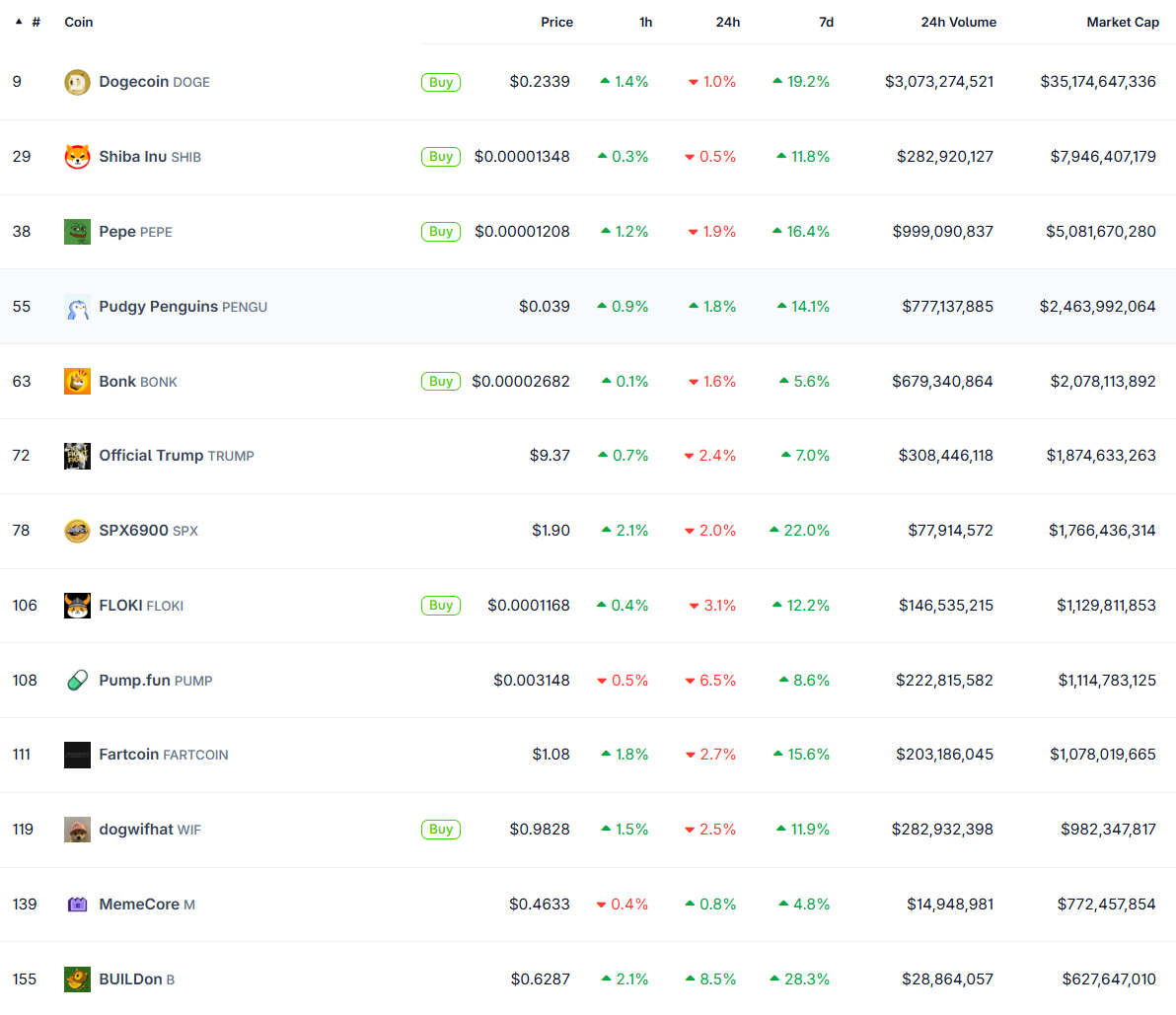Newton Protocol, a decentralized finance (DeFi) project, recently launched its token NEWT on Binance Alpha, accompanied by a highly anticipated airdrop. However, the airdrop did not yield the expected outcome.
Instead of boosting investor demand and value, it led to a significant price drop of nearly 40%, sparking concerns among holders.
Newton Protocol Has A Long Way To Go
The airdrop associated with the Newton Protocol has received mixed reactions from investors. Some investors have expressed disappointment, labeling the token a potential failure after the airdrop did not generate sustained interest. This has been followed by a sharp price decline and a dump of tokens as market sentiment soured.
On the other hand, some investors are praising Newton Protocol’s creative word-of-mouth/referral strategy. Through the Kaito ecosystem, users have been promoting the token to their networks. This grassroots marketing approach is being viewed as an attempt to build organic growth, according to Kaito Founder Yu Hu.
“Magic Newton are a great example of what we’re increasingly focusing on fostering – yappers bringing real users with real adoption (Kaito ecosystem referrals represent 1/3 of all Newton verified agents). on this note, we are thinking about incorporating opt-in onchain reputation to help further filter out AI slops and reward high-quality real users,” Hu stated.
One key factor that could boost investor confidence is Newton Protocol’s team’s commitment to ensuring a fair and stable market. The protocol has put measures in place to prevent flash selling and pump-and-dump schemes.
All tokens allocated to team members and early investors are subject to a vesting schedule, prohibiting them from being sold until fully unlocked. This move helps create a more stable market environment and discourages speculative behavior.
NEWT Price Has To Stabilize
The recent price movement of NEWT has been largely driven by the airdrop. The price began to fall almost immediately after the launch. In just 12 hours, the token saw a drastic 40% drop, showing a clear disconnect between the anticipated demand and the market’s actual response.
Currently trading at $0.462, NEWT has failed to secure $0.466 as a support level. As the price continues to slide, it is approaching the next critical support at $0.400. If the price falls below $0.400, further losses are likely, with stronger selling pressure expected to drive the price lower. This would indicate that the initial enthusiasm for the token has waned.

However, if the Newton Protocol can regain momentum and secure the $0.466 level as support, it could signal a reversal in price. In this scenario, the altcoin could bounce back to $0.560, which would invalidate the current bearish outlook. This would require sustained buying interest and a more favorable response from the market.
The post Newton Protocol’s NEWT Crashes 1 Hour After Airdrop; Price Falls 40% appeared first on BeInCrypto.








